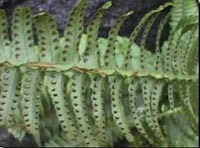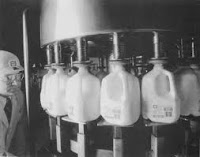cilia: are short, hairlike parts on the surface of the cell.
sporozoans: are protozoans that reproduce by forming spores.
algae: are planlike protists.
multicellular: means that an organism has many different cells that do certain jobs for the organism.
slime molds: are funguslike protists that are consumers.
hyphae: contain cytoplasm and are usually divided by cross walls.
sporangium fungi: are fungi that produce spores in sporangia.
sporangia: are structures, found on the tips of hyphae, thst make spores.
club fungi: fungi with club-shaped parts that produce spores.
sac fungi: produce spores in saclike structures.
budding: is reproduction in which a small part of the parent grows into a new organism.
mutualism: a living arrangement in which both organisms benefit.
lichen: is a fungus and an organism with chlorophyll that live together.


















































